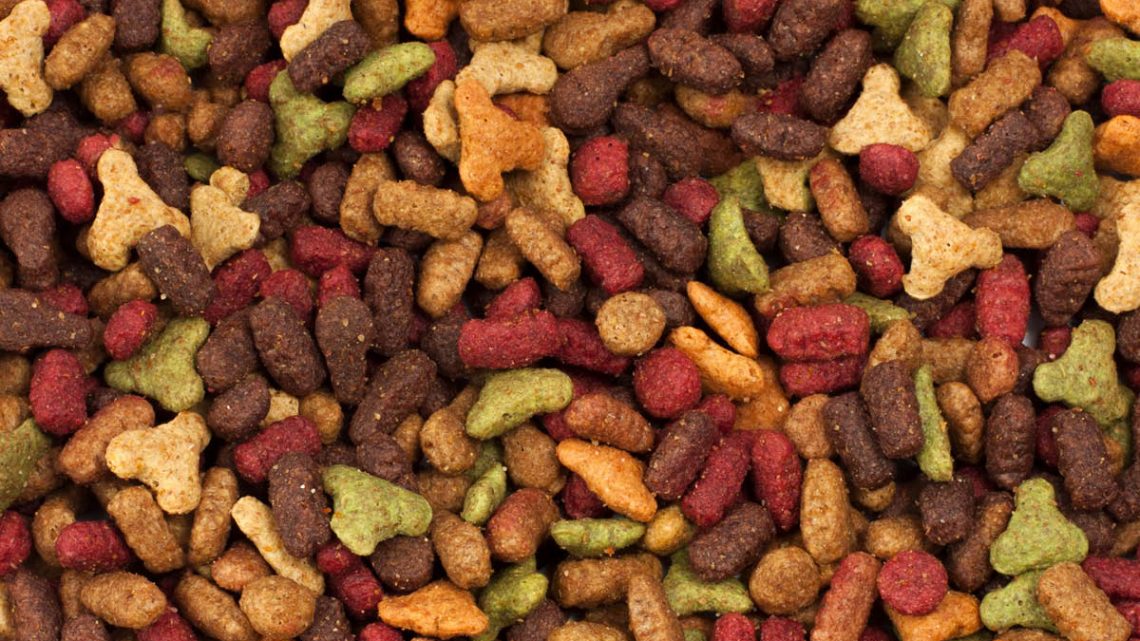
Dry Dog Food
We offer a great selection of dry dog food, including top brands like Iams, Royal Canin, Hill’s Science Plan, Wainwrights, James Wellbeloved and more.
Having a dog as part of your family is so much fun, however their nutrition is vital too. What you feed your dog is important to them, and will help your pet to lead the healthy life they deserve. An investment in their health is an investment in your long relationship together. We spend lots of time making our own food look and taste great. Although your dog won’t exactly appreciate gourmet presentation, they’ll love you for giving them a delicious meal to tuck into. And getting all the right nutrients into their bowl will help your dog to stay healthy and full of energy. Your dog relies on you for the right diet and nutritional balance. Poor nutrition or overfeeding can lead to all sorts of problems, including obesity and joint pain. Whether your dog’s an old timer or a bouncy puppy, take some time to read up on what you should be feeding them, what to avoid, and how to find the best ingredients. Pet Talk has all the information you need to ensure your pet dog is happy and healthy.
What should I feed my pet dog?
Nutrition and feeding
It’s always tempting to give in to those puppy-dog eyes and allow your pet pooch a treat off your plate or to add an extra scoop of food to their bowl. However, feeding your dog the correct diet is crucial to helping them lead a long and healthy life. What your dog needs to eat depends on lots of different things, including their breed, size, age and lifestyle. It stands to reason that if your dog spends all day running around a field, they’ll need more food than one that is walked less often. As you get to know your pet dog, it becomes easier to judge how they’re reacting to their lifestyle and diet. If you need a bit of advice to make sure your dog’s getting all the nutrients they need, then don’t be afraid to have a chat with your vet.


Lamb and Rice (18 kg)
Harringtons
£27.00
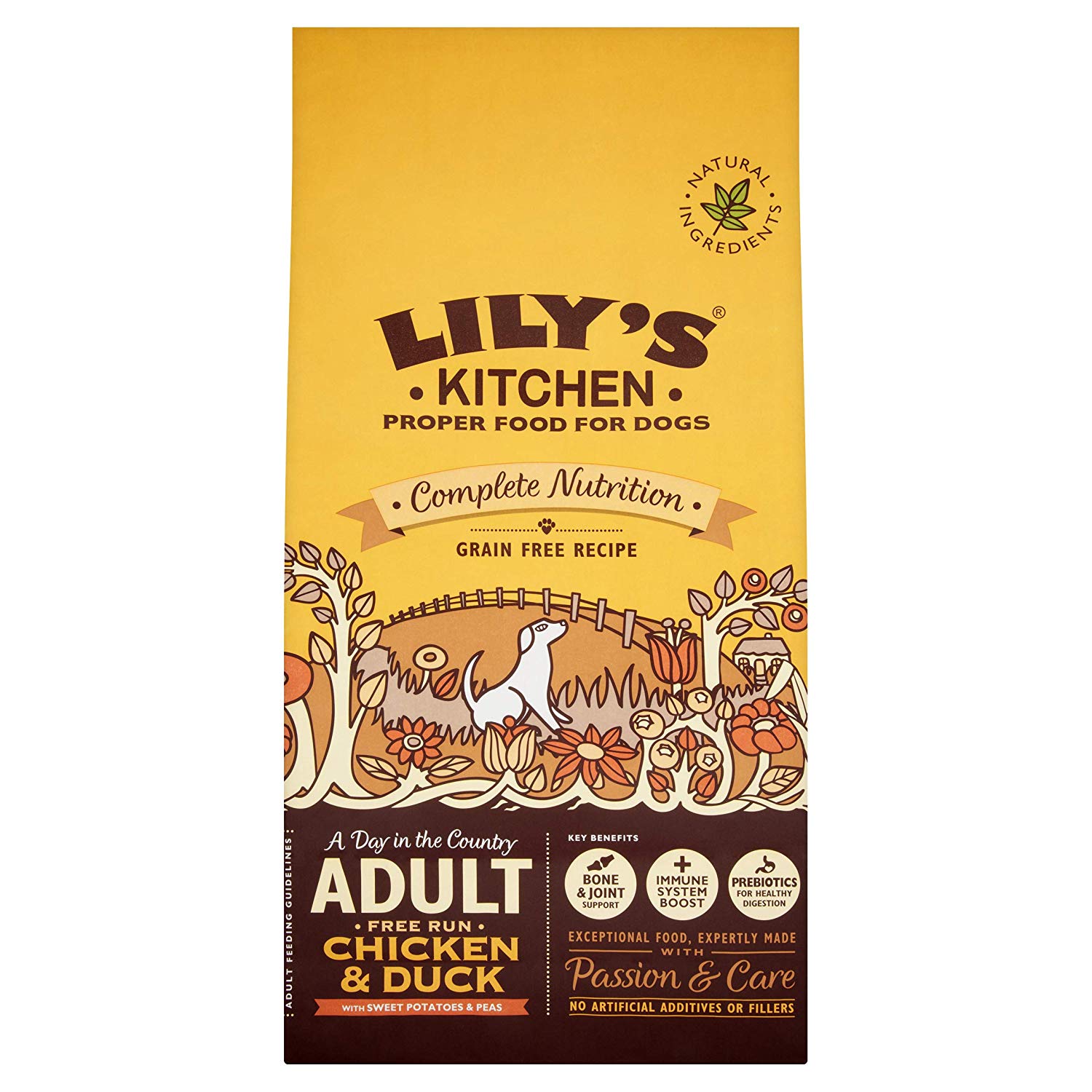
Chicken and Duck (7kg)
Lily’s Kitchen
£42.00
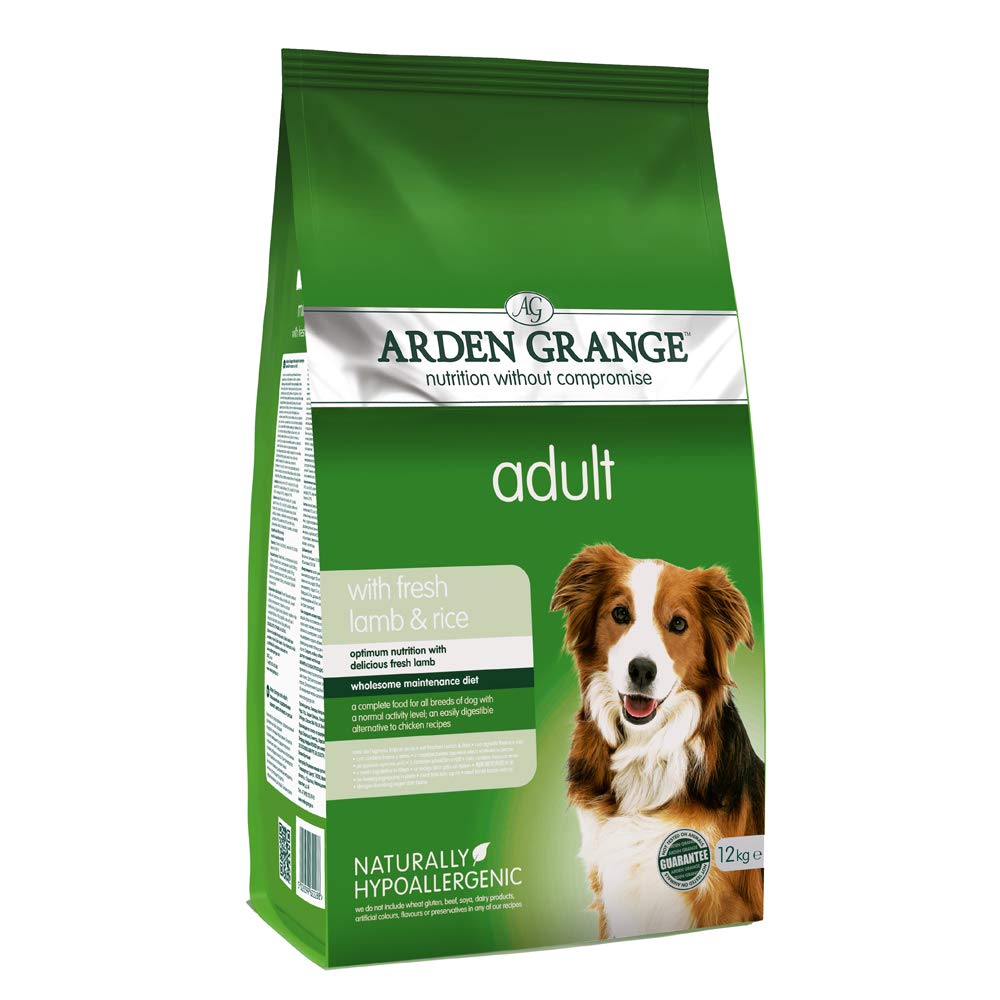
Fresh Lamb and Rice (12 kg)
Arden Grange
£29.99

Fresh Chicken (12 kg)
IAMS
£23.99
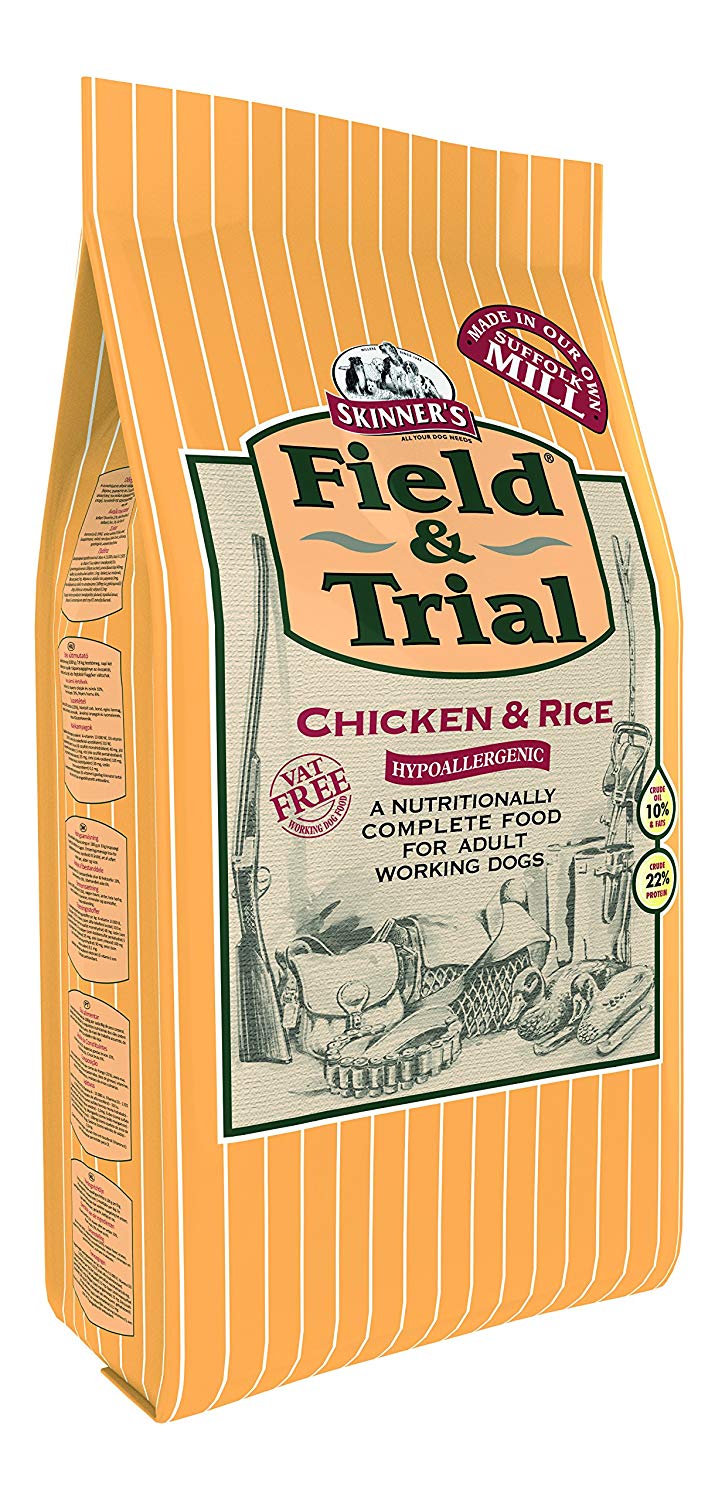
Chicken and Rice (15 kg)
Skinner’s Field & Trial
£12.99
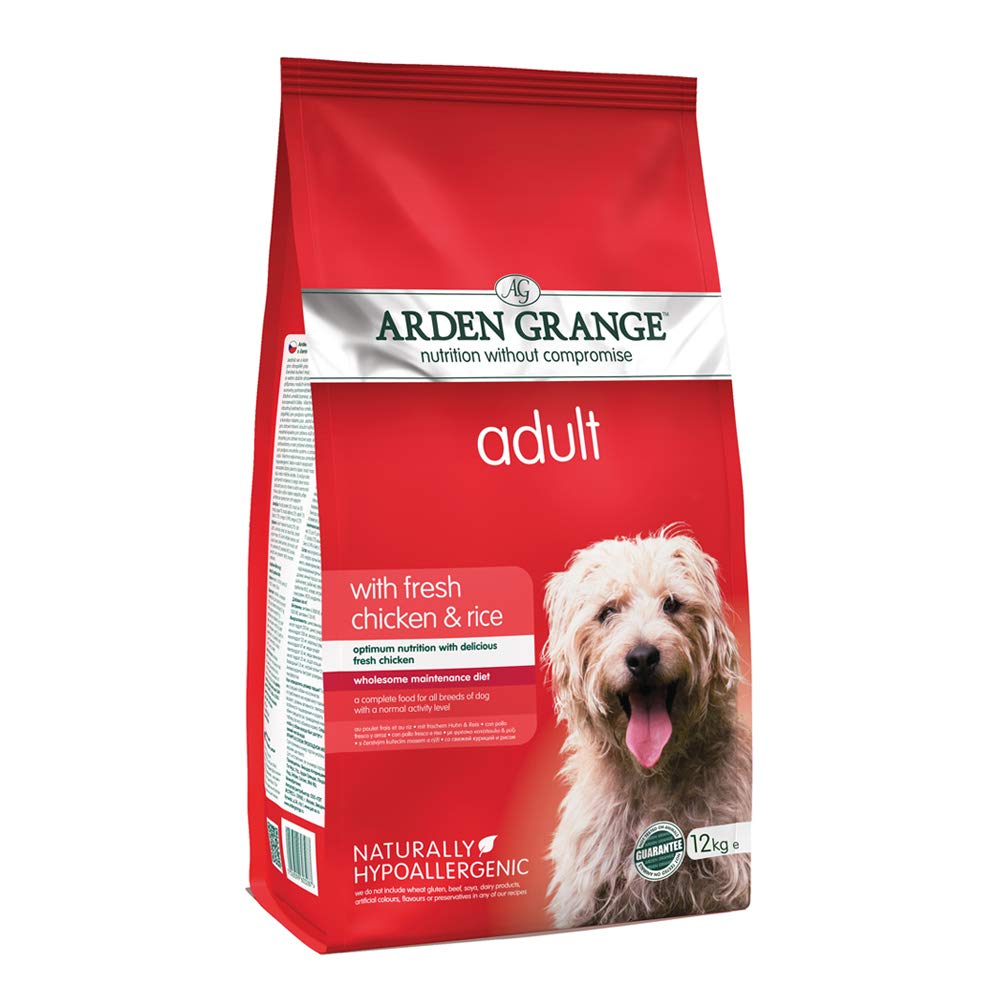
Chicken and Rice (12 kg)
Arden Grange
£28.00
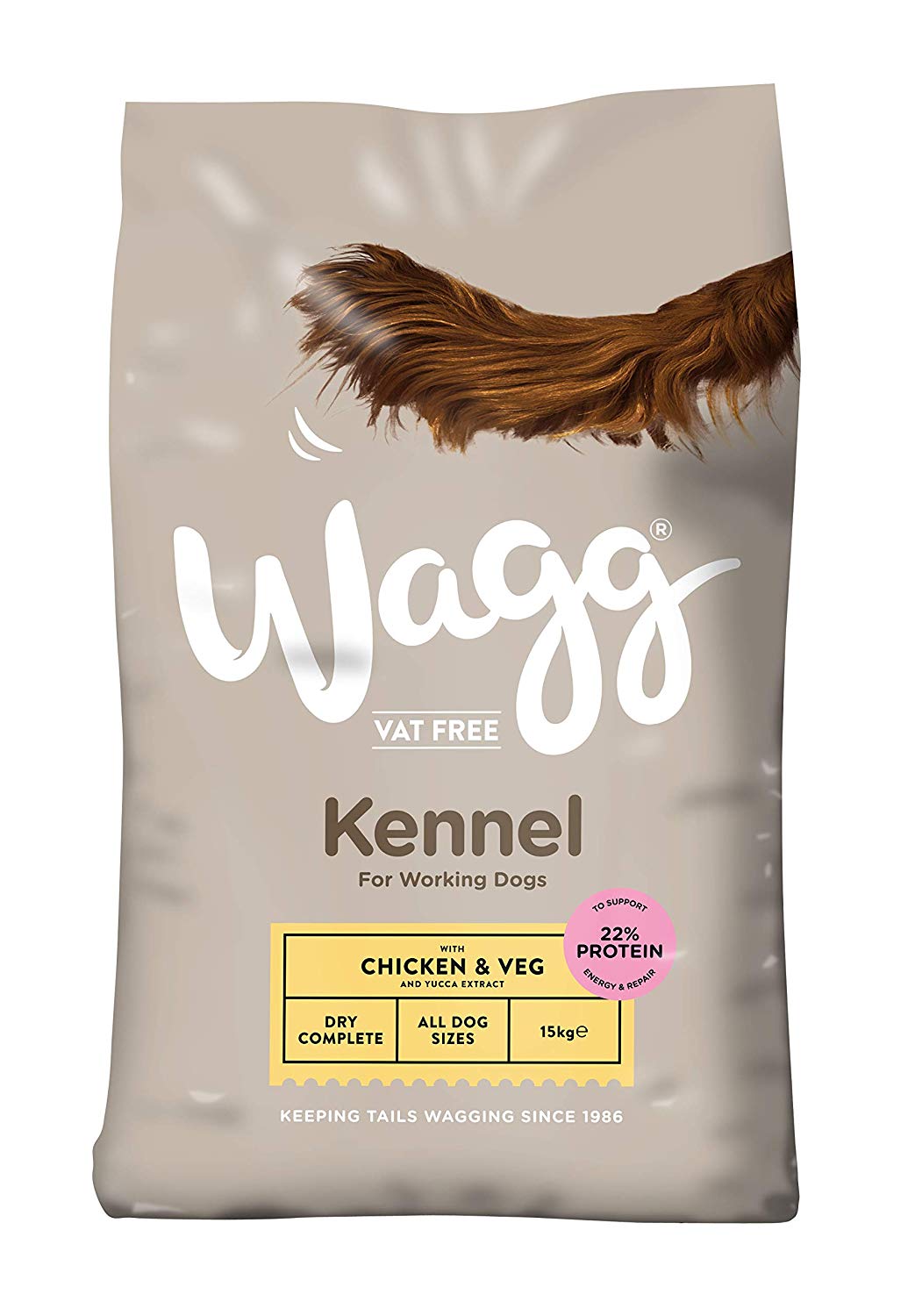
Chicken and Veg (15kg)
Wagg
£13.50
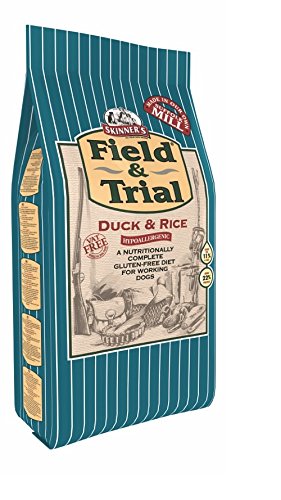
Food Duck and Rice (15 kg)
Skinners Field & Trial
£31.50
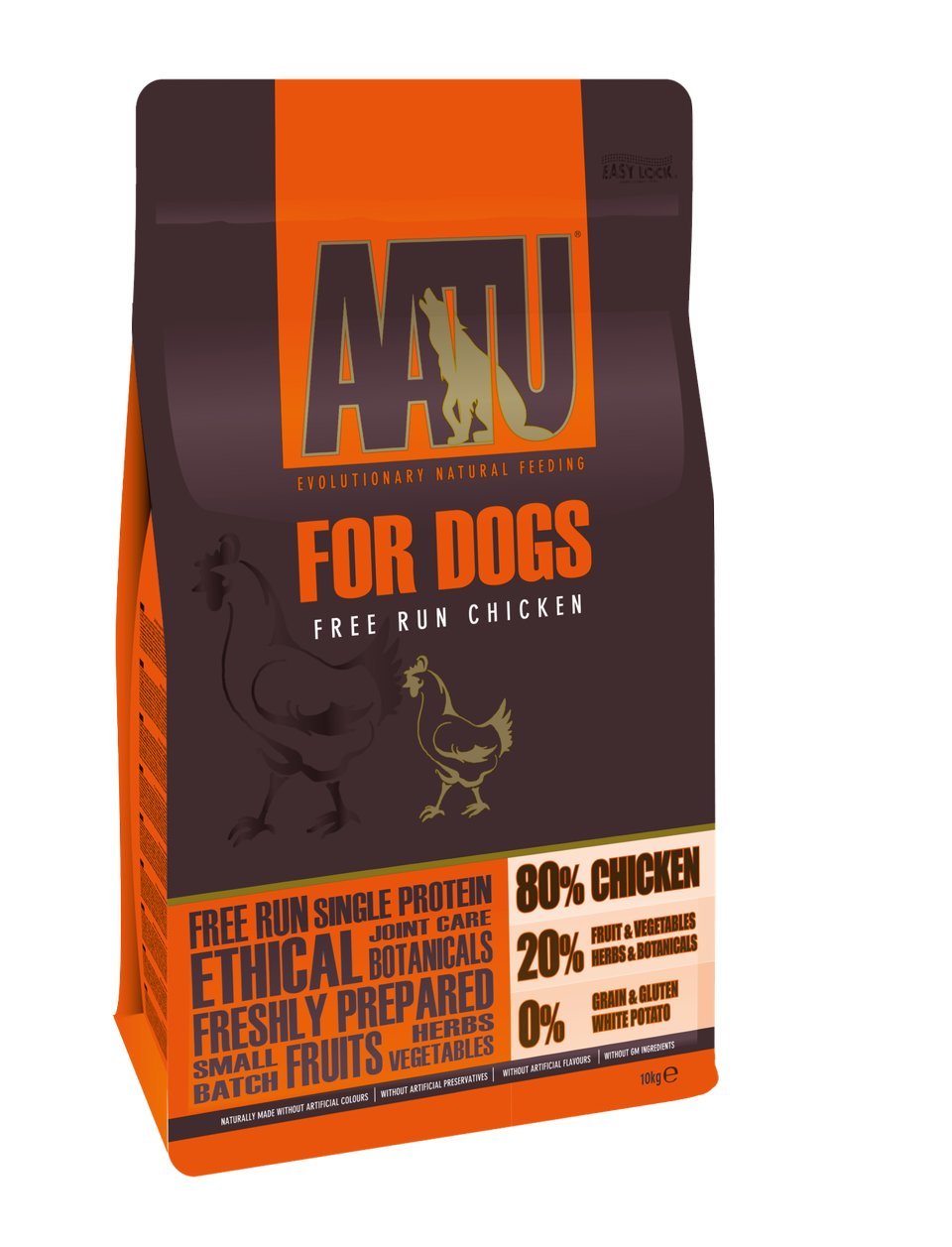
Free Run Chicken (10kg)
AATU
£54.99
Changing your dog’s diet
There are lots of reasons why you might need to change your dog’s diet. Your vet may have advised you to follow a different feeding plan, for instance. And even though it can be a bit scary when your dog turns its nose up at food, it’s common for them to suddenly decide they don’t want to eat what you’ve been giving them anymore.
Some dogs will take a change to their diet in their stride, while others might need some time to get used to it. Upset stomachs are a common problem, but you can follow our useful tips to help ease the transition:
Mix it up
If you can, the easiest way of changing your dog’s diet is to do it gradually. Start mixing a bit of the new food in with the old, and your dog probably won’t even notice. Slowly use less of the old food and more of the new one for a seamless transition.
A good guide is to begin with 25% new and 75% old for three days, before moving up to 40% and 60%. If your dog doesn’t seem to mind the change, keep increasing the amount of new food every few days until their bowl is filled with 100% of the new food. Make sure you keep an eye on your dog’s behaviour and toilet habits during the transition. If they start to move sluggishly and pass very soft stools, the new food might not agree with their stomach and you may need to see a vet.
If you’re moving your dog from wet food to dry, slowly introduce the dry food by mixing some with the wet.
Make it appealing

We all know that our dogs are clever little creatures, and they might see through your trick of phasing out their old food. If your dog eats around the new food or refuses to eat at all, they may need some extra tempting. The hot water trick is good for making all kinds of food taste and smell extra special. You can even add some special dog gravy (human gravy has a salt content which is far too high for a dog). It’s a bit more work to do, but it’s great to see your dog’s tail wagging as they excitedly wait for you to set their bowl down!
Consider their meal times
When changing a dog’s diet, you also need to think about their feeding routine. Instead of your dog always having food available, set meal times could ensure they’re hungry when you want them to eat. Or if your pet already has two meals a day, consider feeding them only dry food in the morning. Then in the evening, give them a larger meal with the new food in it, enhanced by some meat or dog gravy. Having a smaller meal earlier on will help build up their appetite later in the day, so they’re more willing to try their new food.
Still not keen?
If you’re still having trouble getting your dog on board with the new food, there may be other problems to consider. Your pet could have a medical or dental issue that affects their teeth or ability to chew. Or they might be allergic to an ingredient in the food. If you think something like this may apply to your dog, it’s always best to be safe and take your pet to the vet.
Food dogs can and can’t eat
Have you ever wondered whether your dog or puppy can eat your leftovers? Do you want to give your dog a human food reward? Does your puppy sometimes steal things they shouldn’t? Conscientious dog owners will know that while some foods are safe for dogs, others are not and should be avoided. However, it isn’t always easy to understand which side of the divide things fall into.
Our four-legged companions would eat most things if we let them, so it’s up to owners to understand exactly how to feed dogs when it comes to human food. To make your life as a dog owner as straightforward and enjoyable as possible, we bring you our most frequently asked food-related questions and the definitive answers.
Before we start, it’s important to remember to modify your dog’s calorie intake if you’re giving them treats or rewards. If you are going to change your dog’s diet, consider their size, weight and food tolerance before feeding any human food. Even if it’s safe, human food is not recommended for dogs.
You’ll find that with a little research and understanding, you can treat your dog with human food from time-to-time. Though there’s nothing as good for your pet as their own dog food and specially designed dog-treats, which can be combined to suit their unique requirements perfectly and keep them at their healthiest.

What human food can dogs eat?
- Can dogs eat apples? – Sliced apples are safe and healthy for dogs, but remove the seeds and stem.
- Can dogs eat bananas? – In moderation, cut into pieces although they have little nutritional benefit.
- Can dogs eat strawberries? – In moderation, cut into pieces.
- Can dogs eat grapes? – No, you should never give grapes or raisins to your dog, they contain dog-toxic compounds. Even the smallest amount can make your pet unwell.
- Can dogs eat tomatoes? – As an occasional treat if they are ripe, but remove the stem, leaves, and young green tomatoes are known to be poisonous and should not be ingested.
- Can dogs eat blueberries? – Blueberries are safe and nutritious for your dog, and their small size and sweetness make them a great treat in moderation
- Can dogs eat cheese? – In small quantities. Too much cheese can cause stomach pains and diarrhoea. Blue cheeses and any which contain garlic, onion, or herbs should be avoided. Some dogs do have an intolerance to lactose, so take care.
- Can dogs eat oranges? – In small quantities, with peel and seeds removed.
- Can dogs eat watermelon? – In small quantities, but remove the skin and seeds.
- Can dogs eat eggs? – Cooked eggs are perfectly safe for dogs as an occasional treat, but avoid feeding raw eggs because harmful bacteria can be present.
- Can dogs eat pineapple? – A small amount of pineapple is safe for dogs to eat, but don’t feed too much.
- Can dogs eat carrots? – Raw and cooked carrots are safe and healthy for your dog, but be sure to cut them into pieces to avoid choking.
Most of these frequently questioned foods are ok for your dog to eat, though moderation is critical and the sizes should be considered with smaller dogs or puppies.
What human food can dogs not eat?
There are certain foods which are an absolute no for dogs.
Human foods that are not safe for dogs include:
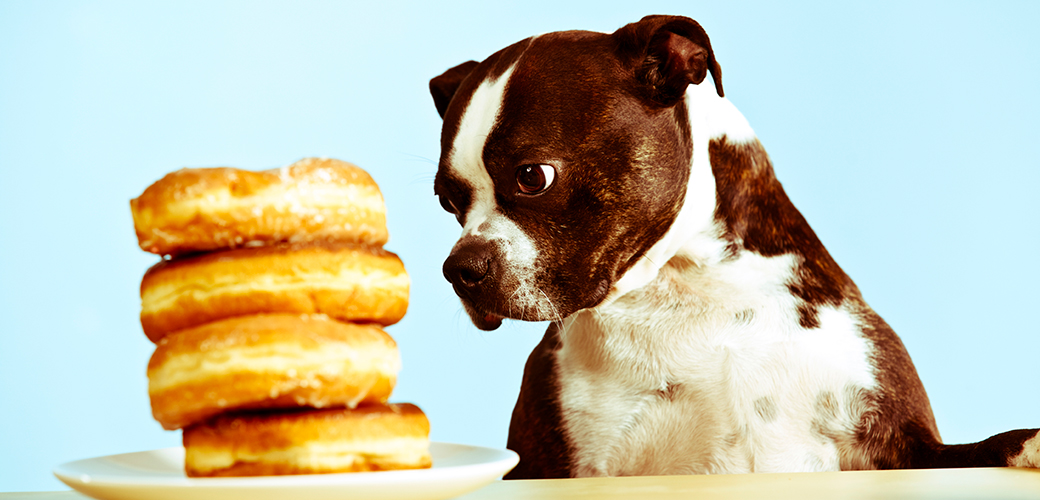
- Grapes, raisins, and sultanas
- Chocolate
- Macadamia nuts
- Onions
- Chives
- Avocado
- Caffeine (tea and coffee)
- Garlic
- Xylitol (a sugar substitute)
- Alcohol
- Nutmeg
- Lemons and limes
- Raw yeast dough
- Corn on the cob
- Milk
- Blue cheese
- Mushrooms
If you find that your dog has eaten any of the above, contact your vet immediately for advice. Even if they haven’t eaten a toxic amount, it’s better to be safe than sorry – every dog will be affected differently, and symptoms may not necessarily arise straight away. Take extra caution if you have a puppy around as their little bodies won’t be able to handle quite as much as larger, adult dogs. Keep all food out of reach and ensure you have somewhere safe to dispose of leftovers and plates.





